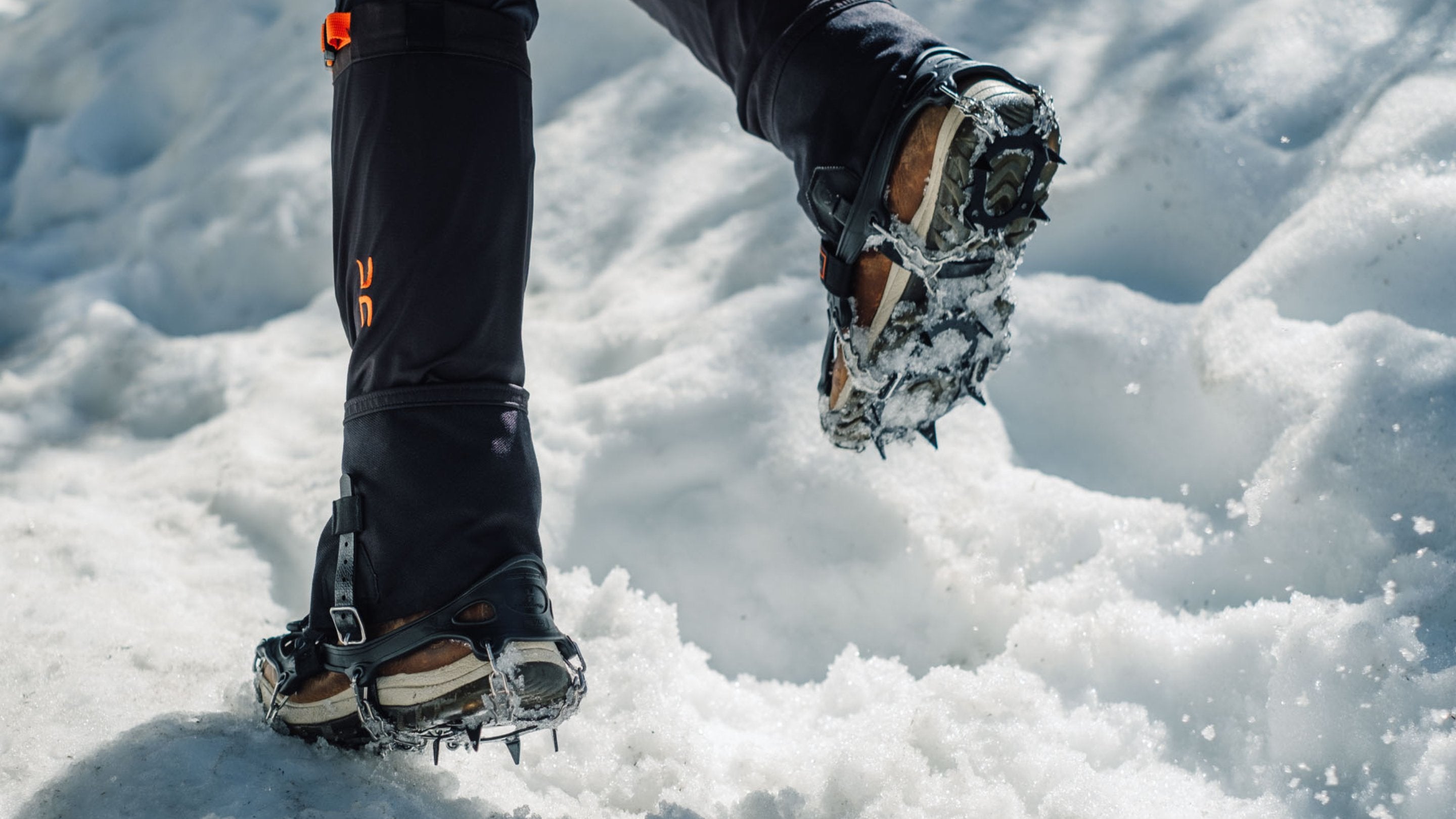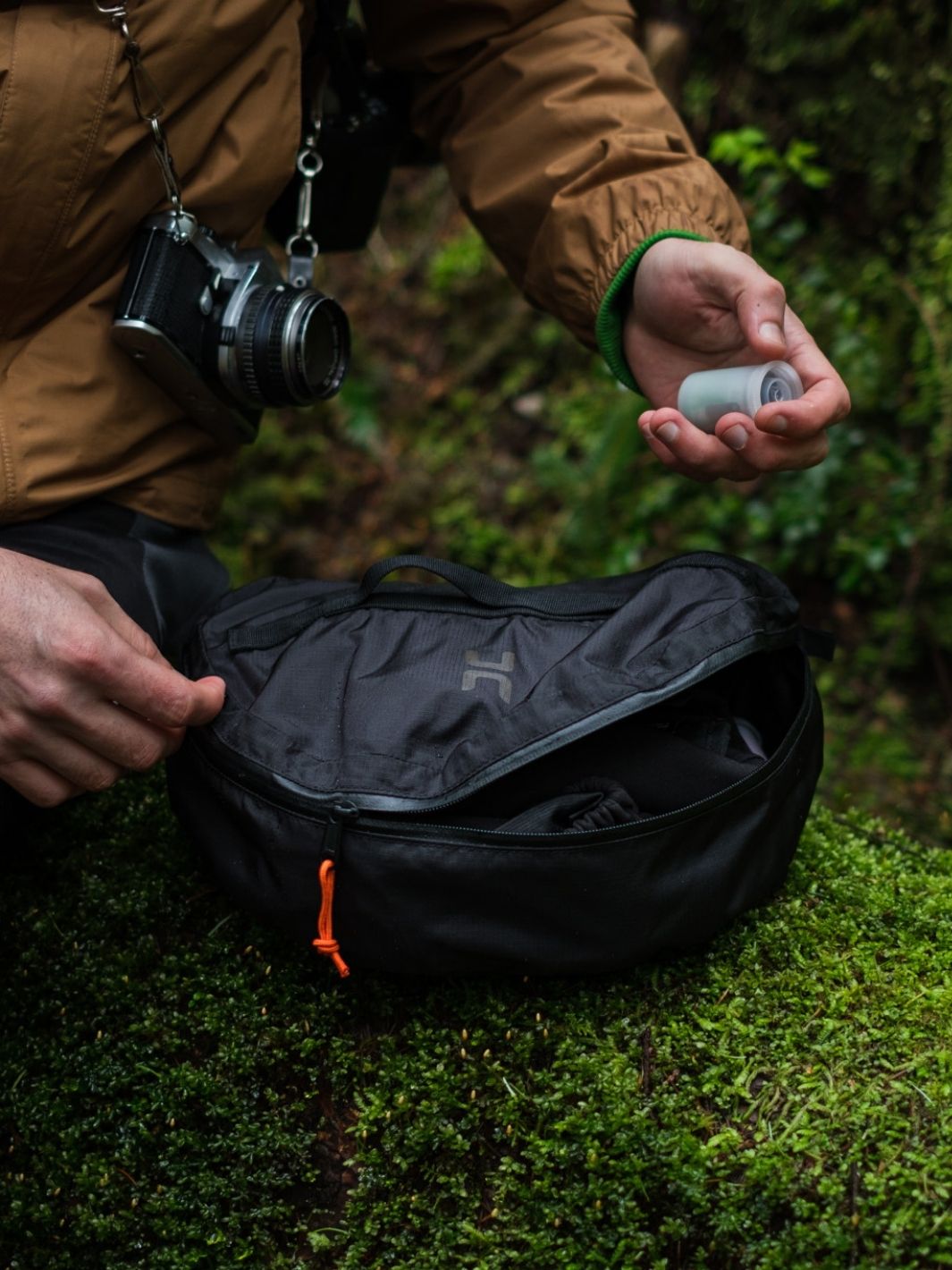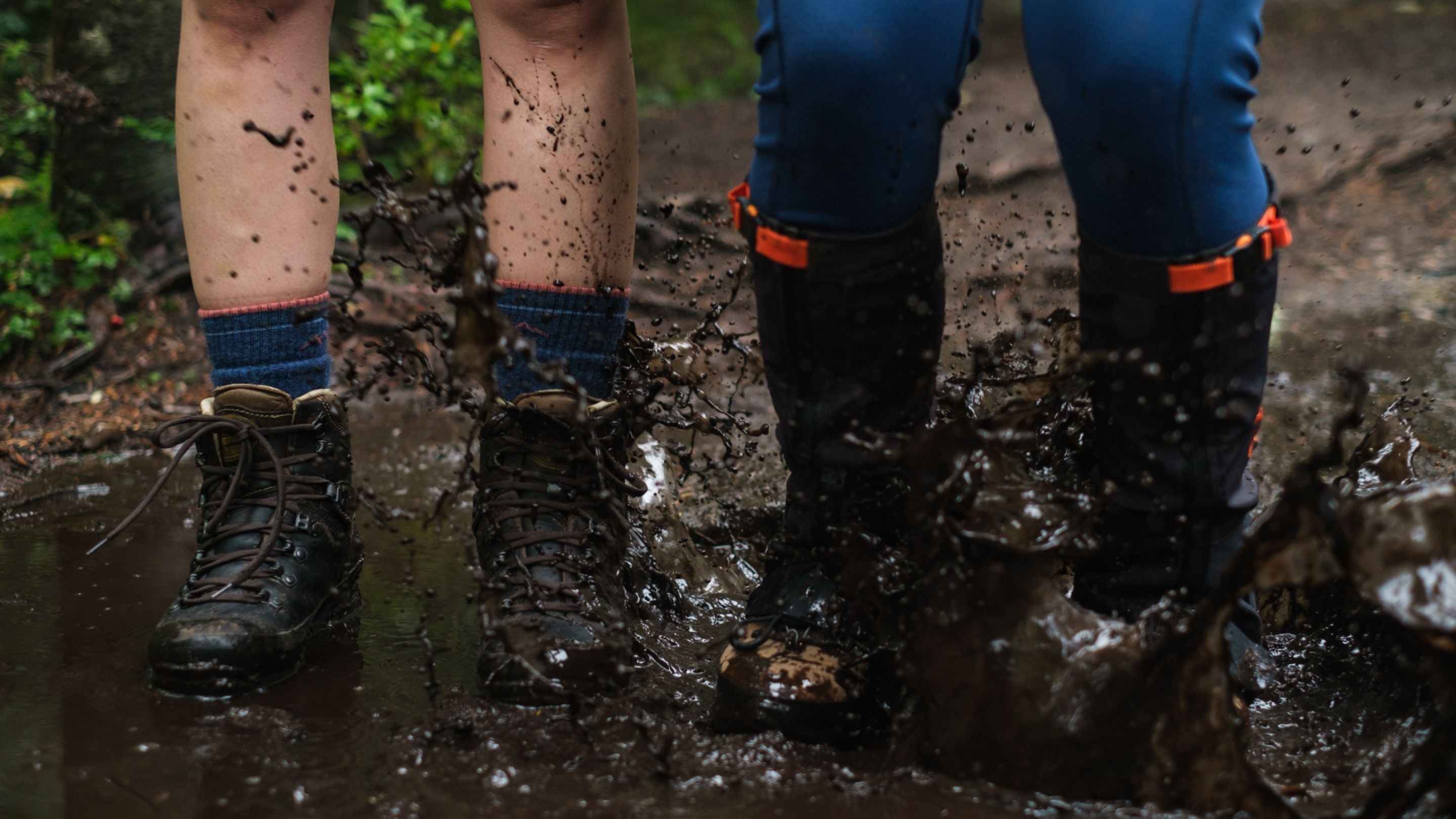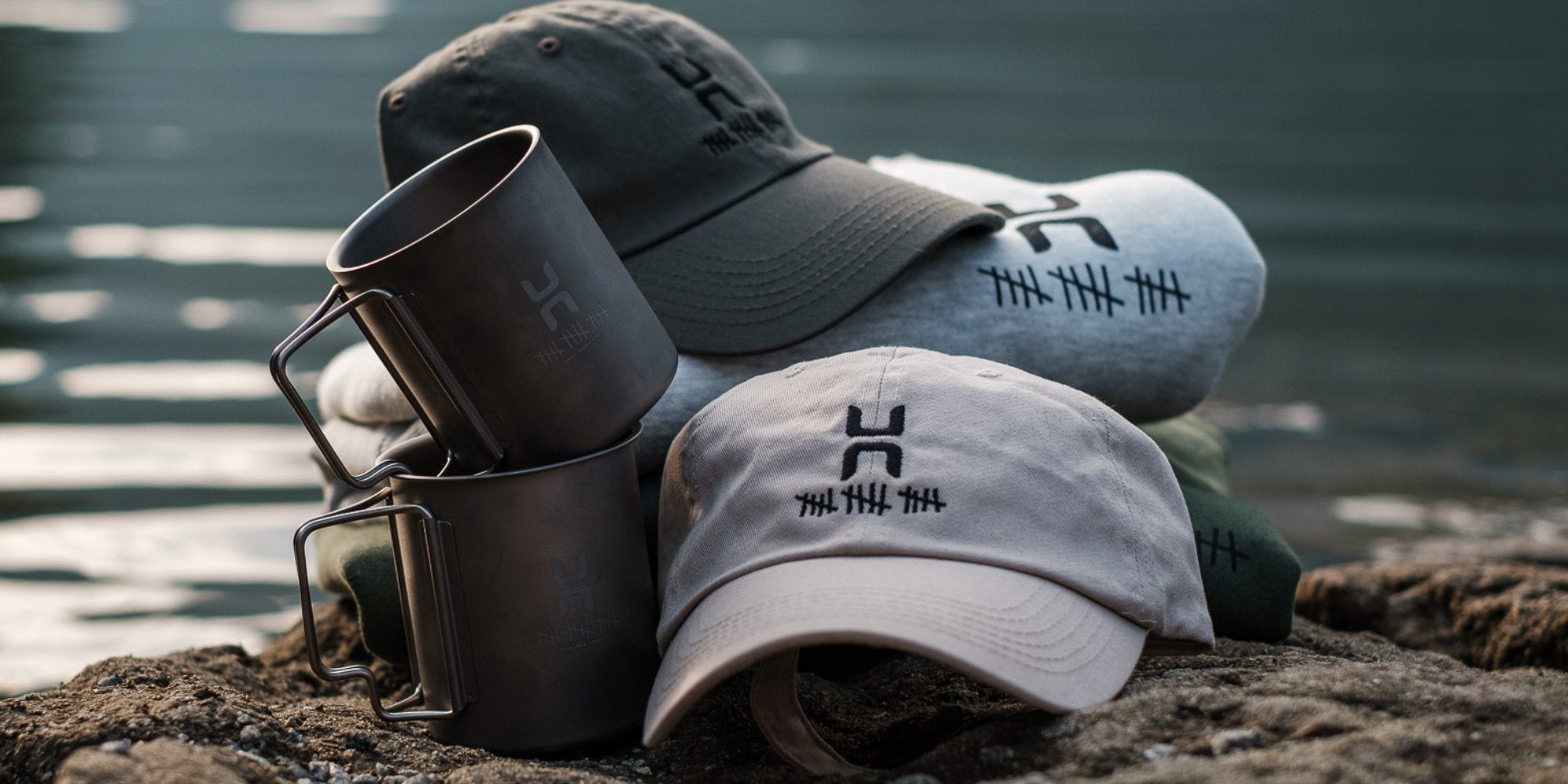Preparedness on the Trails; Hiking Safety for Beginners
photo: @mywhiskeygirl
We at Hillsound love hiking. It's one of the most accessible and inclusive sports in the world. Recent years have seen an insurgence of people getting into the activity, and as such, it's important to share knowledge to encourage preparedness on the trails.
If you're new to hiking, the best place to start is with research. Read books about your local trails, search online for recent trail reports, and purchase hard copy maps of the mountains around you. Get to know the lay of the land before you head out. It's also a good idea to make note of some key landmarks in your parks, as they can help you regain your sense of direction if you lose your bearings.
While being mentally prepared is the first step towards your outdoor adventures, becoming physically prepared is the second. If you're brand new to hiking, don't expect to be conquering 15 kilometer routes on your first excursion. Yes, hiking is essentially walking, but that doesn't mean it's easy. Most hikes are intense, and the climbs are often downright grueling. Start off slow, look for hikes with small routes around 5-8 kilometers and elevation gains of 300-500 meters.
The next step is to purchase some good gear. While hiking is one of the most affordable sports, there is a list of 10 essentials that every person should have on them when they get onto the trails. Assuming the explorer already has a good pair of hiking boots, Vancouver's North Shore Rescue team lists the 10 Essentials as follows;
1) A light source.
It can be a headlamp or flashlight, as long as you bring extra batteries. Glow sticks are a good thing to have in your bag at all times as they don't rely on batteries.
Read: The 10 Best Headlamps of 2019
2) A signalling device.
Either a flare, bear banger, or whistle. You'll use this if rescuers need to find you.
3) A fire starter.
Waterproof matches, or matches in an airtight bag are best.
4) Warm clothes.
This is especially crucial in the shoulder seasons and when going into the alpine, as conditions can change quickly. A packable puffy jacket or waterproof layer can save you from severe weather conditions and unexpected cloud coverage.
Read: Best Lightweight Rain Jackets for Travellers
5) A pocket knife.
Make sure it is sharpened, and that you are comfortable handling it.
6) Shelter.
 A heat-reflective tarp is a great option here, as it can serve multiple purposes in a crisis. A tidy, lightweight option is the Emergency Blanket from the aptly named Survive Outdoors Longer. Find it at Amazon.
A heat-reflective tarp is a great option here, as it can serve multiple purposes in a crisis. A tidy, lightweight option is the Emergency Blanket from the aptly named Survive Outdoors Longer. Find it at Amazon.7) Water and food.
Bring more than you think you will need, as a two hour hike can turn into a ten hour excursion with just a few unexpected turns of events.
8) First Aid Kit
Small, packable first aid kits are sold at most outdoor retailers, and they  will contain all of the essentials you'll need. Look for kits that come in watertight pouches so your bandages stay dry, like this one from Adventure Medical Kits, also available at Amazon.
will contain all of the essentials you'll need. Look for kits that come in watertight pouches so your bandages stay dry, like this one from Adventure Medical Kits, also available at Amazon.
A great addition to these kits are water purification tablets, and antihistamines in case of allergic reactions to stings and bites.
9) Navigation.
At the very least, you should have a working compass and a map, but once you graduate to hiking in the back country, a GPS unit is a must!
Read: Navigation 101- Using a Compass and a Map
10) Communications.
You will probably already want to bring your cell phone to take photos of your amazing adventures, but you should also bring a portable battery pack, and a watertight bag to store them in. For longer hikes, put the phone on airplane mode and take photos sparingly to conserve your battery.
Now that you've got your 10 Essentials, you can think about upgrading to some tough gear that can truly be life saving. The alpine is slow to lose snow, and quick to regain it. Heading into the shoulder season as we are, it's important to be prepared for changing conditions. Bringing along accessories like crampons and gaiters will mean that you are prepared for every version of trail you may encounter. If crampons are new to you, watch this video to get an introduction to how extra traction can change your entire outdoor experience.
So you're ready to set off on your grand adventure; you've got your gear, you've done your research, and you're well rested and prepared for the hike ahead of you. There is one more crucial thing you need to do before heading out-- tell someone where you're going! Include the name of the destination, the route you plan to take, and about how long it should take you. This is the person that, should you go missing, will be able to reach out to the authorities and get the rescue team on your trail.
These steps and accessories may seem inconsequential, but if ignored, the consequences can be dire. Set yourself up for success, take nature seriously, and you'll be climbing Everest in no time!
Happy trails!
Hillsound Team.







Leave a comment